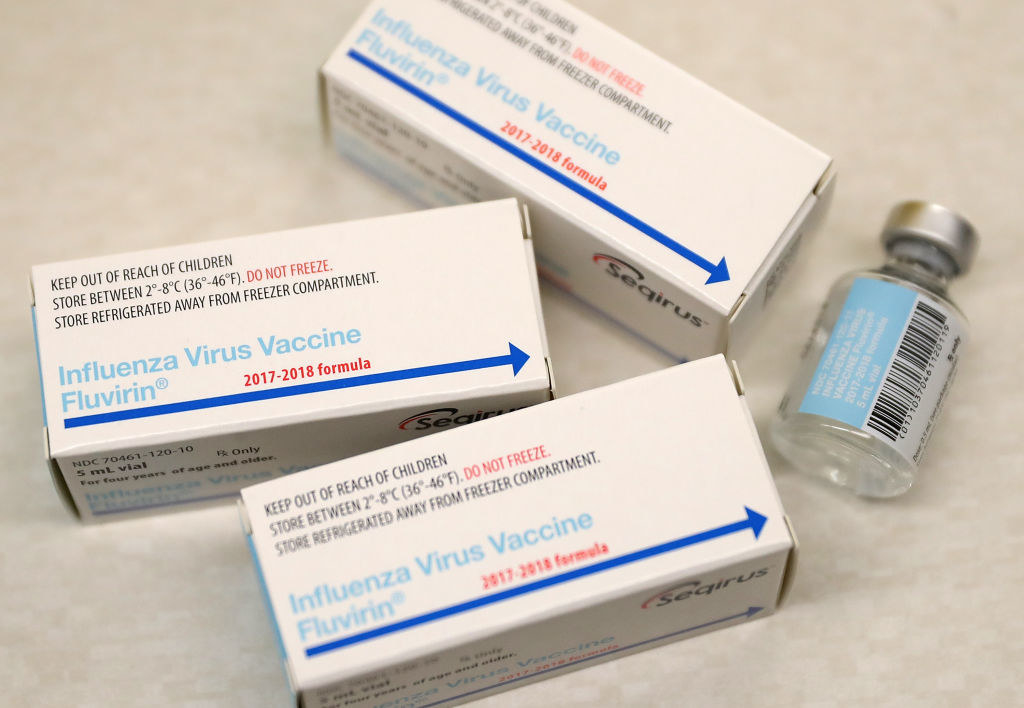
As the world continues to navigate the ever-changing landscape of infectious diseases, staying informed about the latest developments in vaccine technology is crucial. The influenza vaccine, in particular, plays a vital role in protecting public health, and its composition is updated annually to combat the most prevalent strains of the flu. In this article, we will delve into the expected composition of the influenza vaccine for the 2025-2026 U.S. influenza season, highlighting the key changes and what they mean for individuals and communities.
Understanding the Influenza Vaccine Composition
The influenza vaccine is formulated to protect against the most common strains of the flu virus, which are typically identified by the World Health Organization (WHO) and the Centers for Disease Control and Prevention (CDC). The vaccine composition is updated annually to reflect the most recent data on circulating strains, ensuring that the vaccine remains effective against the latest threats. The 2025-2026 U.S. influenza vaccine is expected to include protection against four strains of the flu virus: two A strains and two B strains.
Expected Strains for the 2025-2026 Season
Based on current forecasts, the 2025-2026 U.S. influenza vaccine is likely to include the following strains:
A/Wyoming/3/2024 (H3N2)-like virus
A/Darwin/9/2024 (H1N1)pdm09-like virus
B/Colorado/1/2024-like virus (B/Victoria/2/87 lineage)
B/Singapore/3/2024-like virus (B/Yamagata/16/88 lineage)
These strains have been identified as the most prevalent and virulent during the 2024-2025 influenza season, and including them in the vaccine will provide optimal protection against the flu.
Key Changes and Updates
Compared to the 2024-2025 influenza vaccine, the 2025-2026 formulation is expected to include some notable changes. The A/Wyoming/3/2024 (H3N2)-like virus is a new addition, replacing the A/Darwin/6/2023 (H3N2)-like virus used in the previous season's vaccine. This change reflects the evolving nature of the flu virus and the need for continuous monitoring and adaptation.
Why the Influenza Vaccine Matters
The influenza vaccine is a crucial tool in preventing the spread of the flu and protecting vulnerable populations, such as the elderly, young children, and those with compromised immune systems. By getting vaccinated, individuals can significantly reduce their risk of contracting the flu and experiencing severe complications, such as pneumonia, bronchitis, and sinus and ear infections. Furthermore, vaccination helps to prevent the spread of the flu in communities, reducing the burden on healthcare systems and protecting those who are most at risk.
As we approach the 2025-2026 U.S. influenza season, it is essential to stay informed about the latest developments in vaccine technology and composition. The expected changes to the influenza vaccine for the upcoming season reflect the ongoing efforts to stay ahead of the evolving flu virus and provide optimal protection against this potentially deadly disease. By understanding the expected composition of the 2025-2026 U.S. influenza vaccine and the key changes and updates, individuals can make informed decisions about their health and take proactive steps to protect themselves and their loved ones against the flu.
Remember, vaccination is a critical component of flu prevention, and staying up-to-date on the latest vaccine information is essential for maintaining public health. Stay ahead of the curve and prioritize your health by getting vaccinated against the flu this season.









